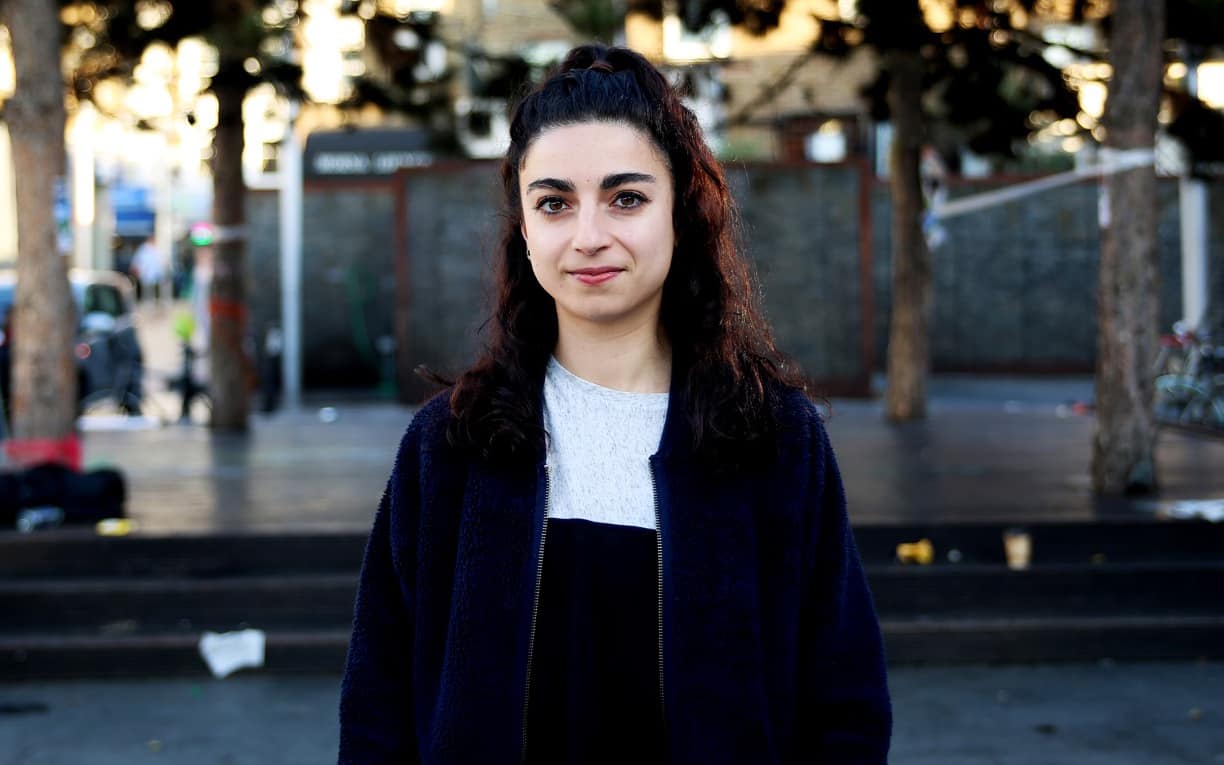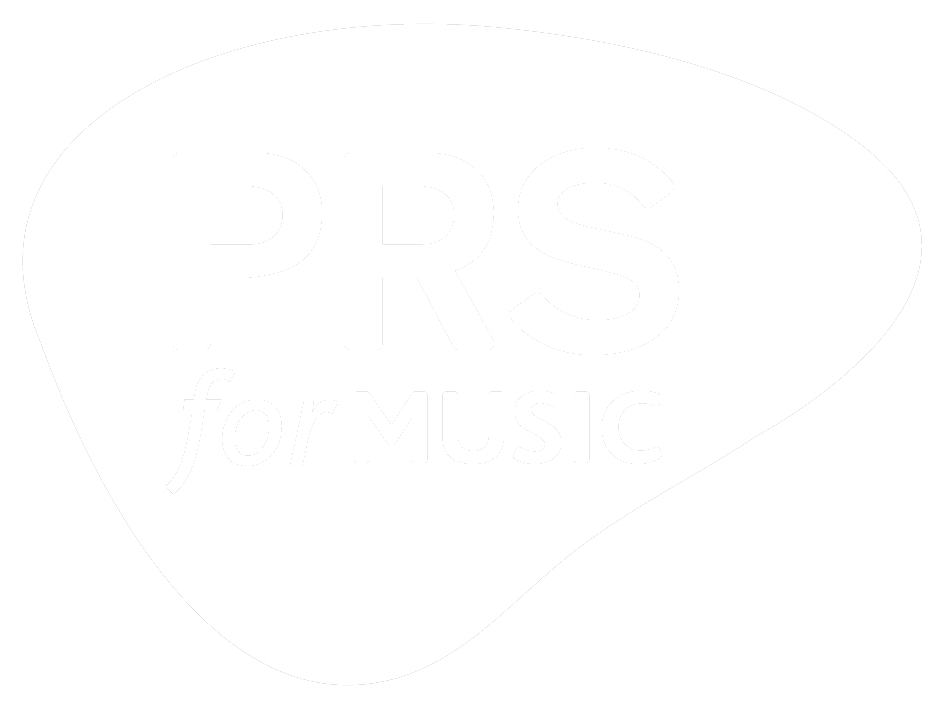Shiva Feshareki likes taking risks. Her first show performing with the jazz organist Kit Downes last year was not planned, rehearsed or even discussed in detail until the night of the show, despite it being broadcast live on BBC Radio 3.
While most performers might baulk at that prospect, particularly as it brought together the unlikely timbral coupling of Feshareki’s turntables with the organ at the Church of St John at Hackney, she was unfazed.
The decision was a conscious one, she explains over Skype: “We didn’t want to plan anything, or talk about it too much, so that we could get into a really deep zone of free improvisation beyond our conscious thinking”.
The piece revolved around huge blossoming drones with low end rumble, a sound like sputtering helicopter blades competing with the ecstatic chords of the organ’s high soaring notes. “It was a massive success,” she says.
Feshareki describes herself as an experimental classical composer: “I’m experimental in the sense that I’m constantly trying to find new ways of thinking and new ways of working, but I’m classically trained at the Royal College of Music,” she says.
She is also a turntablist, manipulating vinyl records using her own techniques, and hosts a radio show, ‘New Forms’, on London internet station NTS.
Winning Awards
She has just been awarded this years’ British Composer Award for Innovation, but her first prize came age 16, when she won the BBC Young Composer of the Year Award for her first notated work.
It was for two pianos, three violins and a vibrating tool she devised in the design and technology department, to ride on the strings inside the piano. While studying composition at Royal College of Music, she won the traditionally classical Concerto Competition, for a turntable concerto.
Feshareki identifies as a composer first and foremost, although she played violin for a short while. The 29-year-old has just submitted her doctorate, and in September 2017 began a year as composer in residence at the Purcell School for Young Musicians. All this as well as presenting Occam River XV by French composer Éliane Radigue alongside a new work by computer and dance music producer Lee Gamble and the London Contemporary Orchestra, at the Great Masson Cave in the Peak District.
To get to the cave, the audience travelled by cable car to the top of the Heights of Abraham: “There’s this beautiful view of the Peak district and then you descend into this really deep cave,” Feshareki says, “and both Éliane and Lee’s music has this sense of depth.
“I wanted people to treat the art of listening in a different light,” she explains. “People travelled from all over the country, so they prepared themselves for an experience, they made an effort, a journey, and on the way back they could reflect on the experience.”
Feshareki names early electronic composers like Radigue, as well as Dahne Oram and James Tenney, as massive influences on her work and process. “These composers have a much broader perspective on sounds,” she says.
“It’s often an aesthetic that’s very unique and that has come out of experimentation. I love composers like this. Firstly because they’re part of an era of music where people were really experimenting with new and radical ways of making music, and because they see a broader picture of sound that isn’t just music or composition, but is science and society as well.”
Feshareki’s activities, from commissions and performances, to collaborations and radio shows, always have a social element. She operates what has historically been a difficult space to navigate: between contemporary electronic music and formal classical composition.
But she sees this as an opportunity to build new scenes through working with other people, collaborating with cellists Natalie Clein, DJ/Dance Music Producer Kasra V, gong and gamelan player Cathy Eastburn, singer-songwriter Laura Marling, and sound-artist Simon Fisher-Turner, amongst others.
Making a Scene
She explains that while she’s looking for collaborations that can raise questions in terms of composition and communication as well as sonically, the outward facing impact of a project is also crucial. “Through doing so many different types of collaborations with people from different worlds, it’s like I’m building my own artistic scene, the sort of scene that I’d like to see exist,” she says.
The scene Feshareki has seen manifesting this year is marked by cross-pollination, like Lee Gamble being interviewed on BBC Radio 3, or music from her NTS shows starting to be used as repertoire.
Before 2017 she spent time bouncing around absorbing disparate scenes and genres, seemingly disappearing from some because she had emerged in others. “There’s something really exciting about dipping your toes into different scenes” she says. “It’s really enlightening, you see that this scene works really differently to that one, in its audience or the way people work. I wish more artists had this opportunity, because it gives such a broad understanding of factors like artistic relevance and impact.”
This ‘one foot in, one foot out’ approach to engaging with the classical and contemporary experimental music scenes she traces to being born to Iranian parents and brought up in London: “For me it’s about how we can find a dialogue between all these scenes and these worlds to find a common ground,” she says. “As someone who has a heritage that’s different to the country that I live in, it brings a shift of perspective.”
Feshareki can trace her route into composing back to vivid childhood memories of playing on her older brother’s Casio keyboard. “He’d be at school, and I’d come home from playgroup at noon, go to his room and play his keyboard. I still remember the pieces I wrote then, can still sit at the piano and play them.”
Then in her late teens she became fascinated with watching DJs with turntables at parties – the physical, gestural possibilities of the decks. She then started playing on a friend’s pair of Technics, toying with their sonic possibilities rather than beat-matching or DJing, seeing how she could change the sound of different movements, which resulted in her developing her own sampling and turntabling techniques.
“I try and reshape the idea of the turntable throughout my work,” she explains, describing how in one piece she took the concept of a spinning circle and applied it to a composition, “where the movement and speed of the turning table directly impacts the sounds created”. In a more recent composition for the Aarhus Symphony Orchestra titled ‘O’, Feshareki treated the orchestra as a giant turntable where the sound moved in circular direction.
She also uses these techniques on her NTS show, which she counts as artistic research, and a way to develop new work. As such, new techniques and ideas are tested live on air, sometimes without the listeners knowing. In one instance ten new tracks were made live on air, by pulling ten random records from her shelves and sampling them on the fly: “I listened back to hear what worked and what didn’t work. People might find that exciting, as there’s nothing polished about my shows. I always want to feel like I’m inviting other people in.”
Taking Risks
This rawness to her compositional practices leaves Feshareki open to failure, which she readily accepts. While experiments on NTS shows and her performance with Kit Downes were successes, things do go wrong. A collaboration with a YouTube gamer was a disaster she is reluctant to detail, but is honest and sanguine about risks not always paying off.
She describes her ongoing collaboration with the sound artist Haroon Mirza as very productive and positive, but not because their performances have always gone right. One of their first projects at the ICA, with the London Sinfonietta in 2014, fell apart almost before it had started: “The work was so complex and so ambitious,” she says. “We had eight turntables, octagonal-designed LEDs, really specific staging, four videos and a big group of musicians. It’s was 50-minute piece, but within maybe the first two minutes everything malfunctioned and we had to stop the performance.”
While this sounds like a performer’s worst nightmare, Feshareki sees it as little more than a technical failure: “with these really exceptionally risky collaborations, I know they’ve been risky because they’ve massively failed at the time,” she explains, “and you feel awful when it happens, but then in retrospect you’re just so grateful for how it’s enriched you, your future work and your future thinking.”
In December, Feshareki has more risks planned, working with musician and guitar player Nik Colk Void and Haroon Mirza again, to activate the latter’s installation at Zabludowicz Collection in London.
When discussing possibilities for the residency, the conversation comes back around to her British Composer Award for Innovation, and the way her collaborations are part of a focus on reaching out to make conversations happen between people and between scenes:
“It’s really important for me to try and raise these new questions, even if I can’t answer them myself,” she says. “With my compositions and with my artistic practice I want to raise new questions. Then maybe other artists can answer them, creating new ways of working and new ways of thinking.”
Article first featured in The Works [2017]





